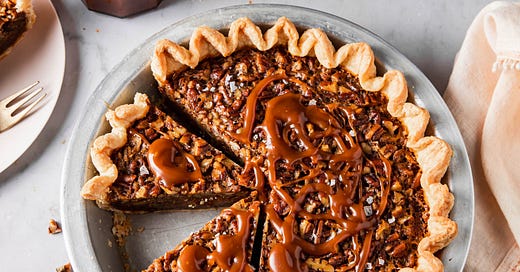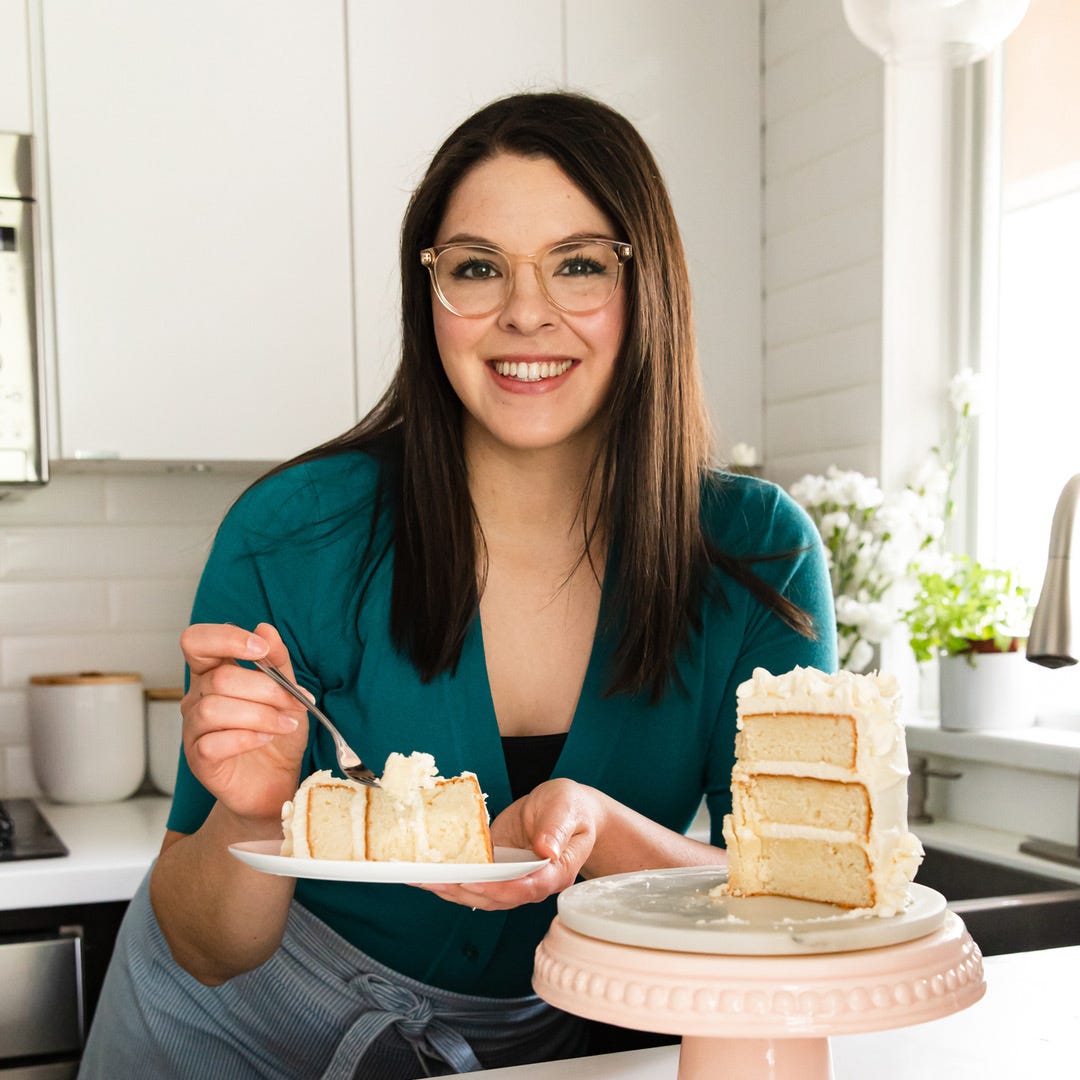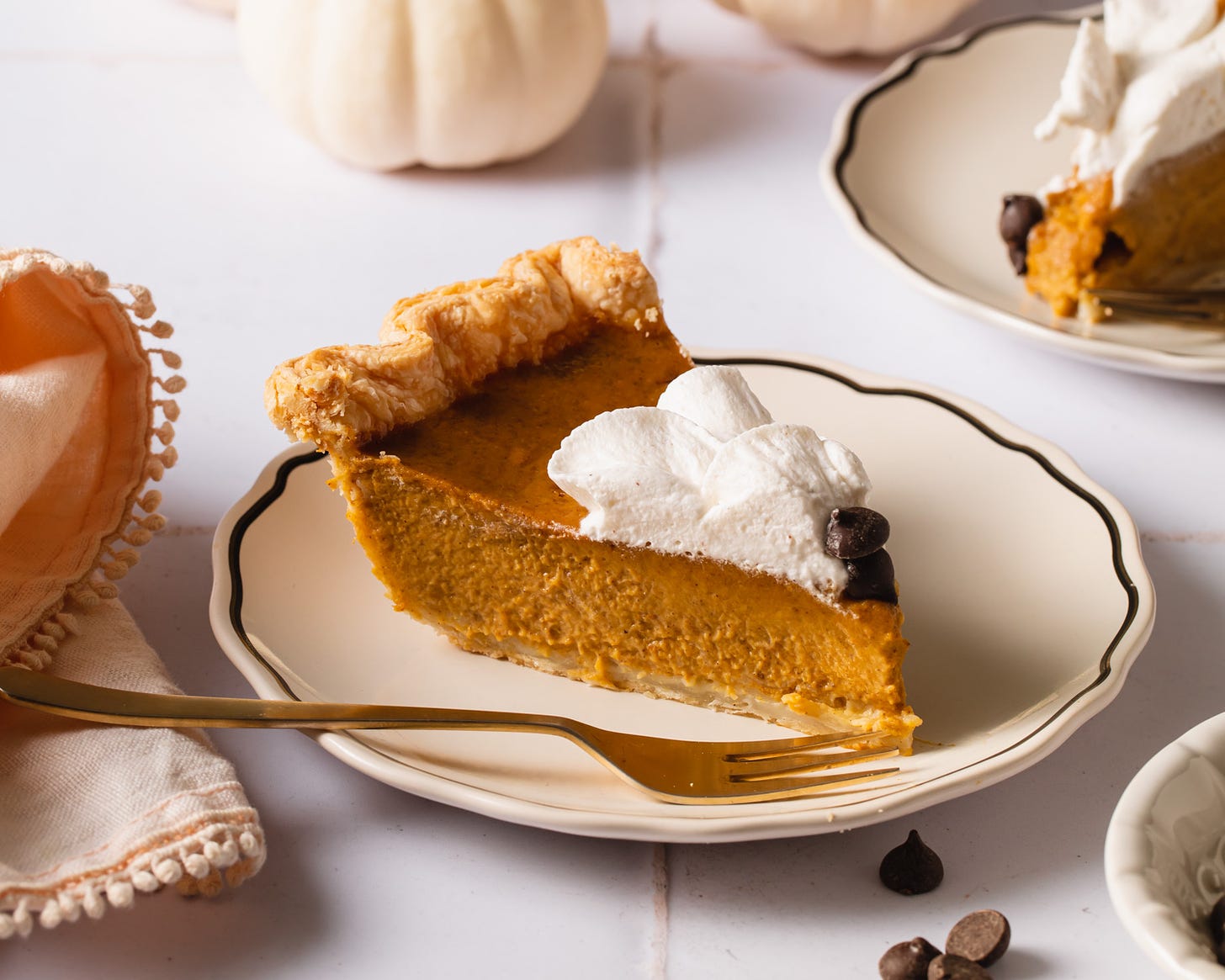Pie Camp: Week 1
Everything you need to win Thanksgiving dessert + my All-Butter Pie Dough Recipe.
Hi Bakers! And welcome to PIE CAMP.
Pie Camp is how we are going to win Thanksgiving this year. With a little extra planning and prep, we are going to take the stress out of pie making and save our sanity come Thanksgiving day.
You can’t serve a pie straight from the oven, so let’s get that idea out of the way. Instead, we will learn how to bake, store, and refresh our pies in order to present the perfect slice to our guests.
Making pies (or parts of pies) in advance is going to help you have an amazing Thanksgiving in two ways:
Time management
Structure
By getting our prep done early and even baking some pies for the freezer, you will be freeing up valuable time, your mental capacity, and oven space on Thanksgiving.
Keep reading with a 7-day free trial
Subscribe to Tessa Huff's Bake Club to keep reading this post and get 7 days of free access to the full post archives.





